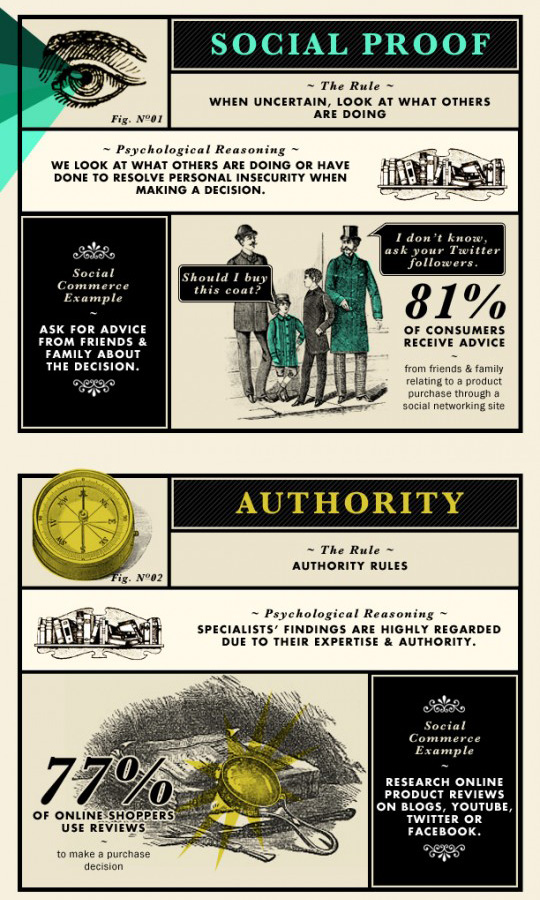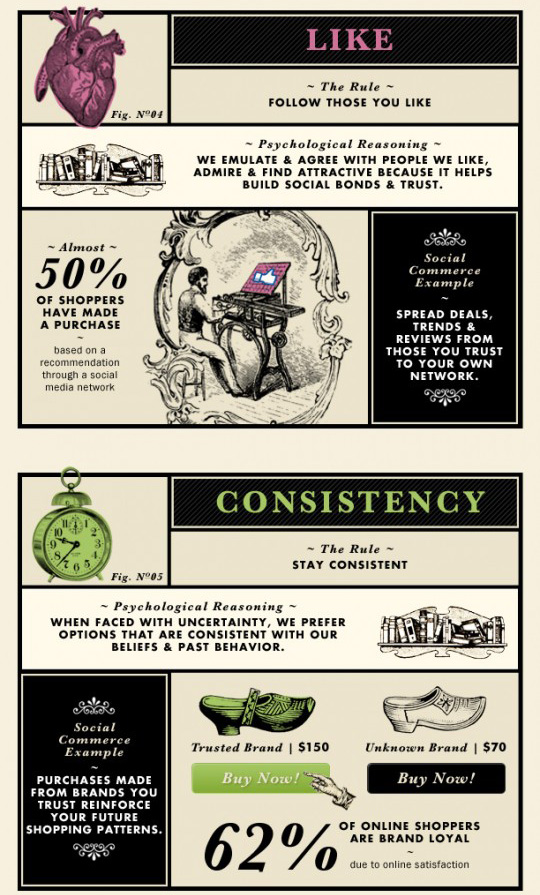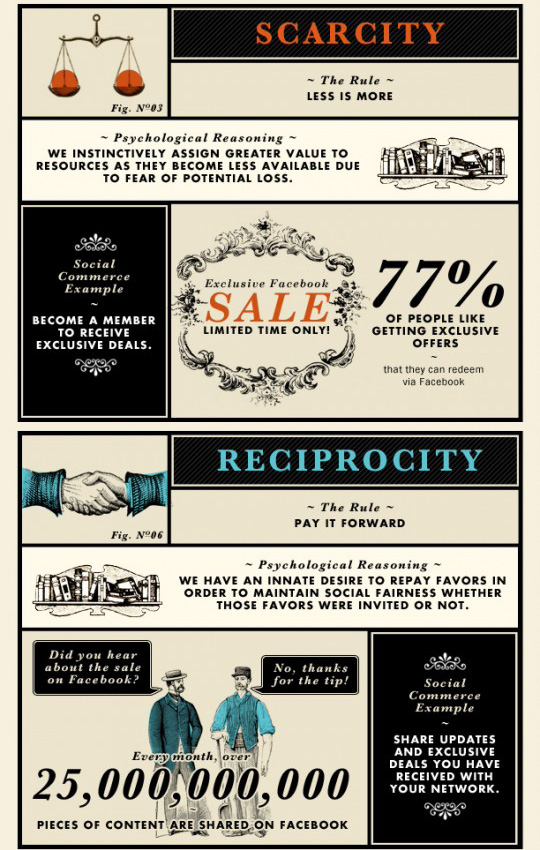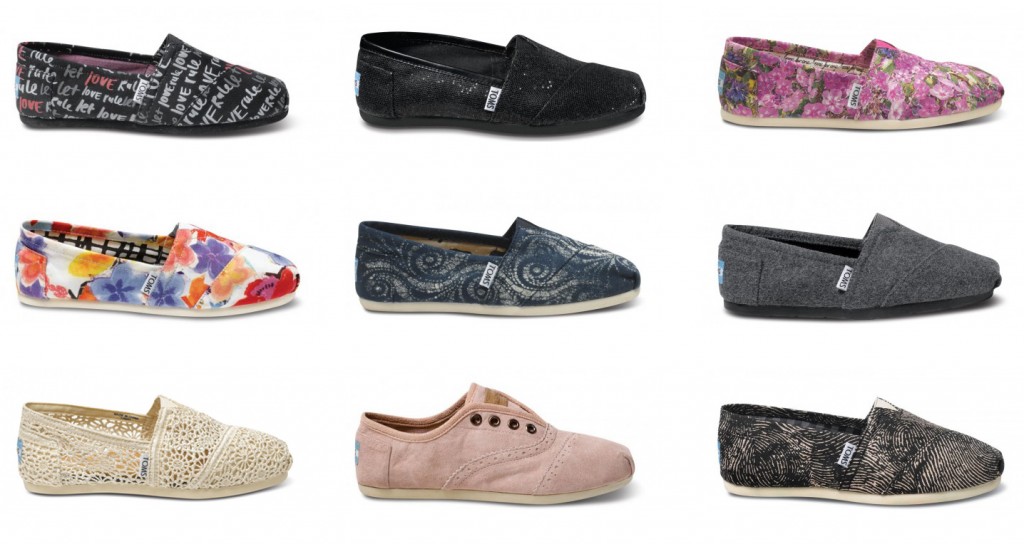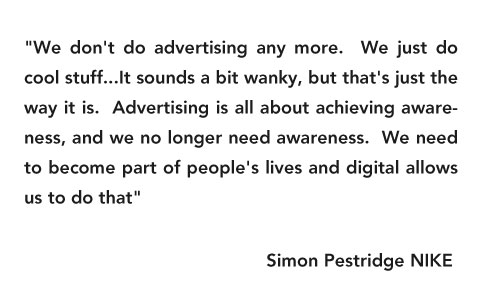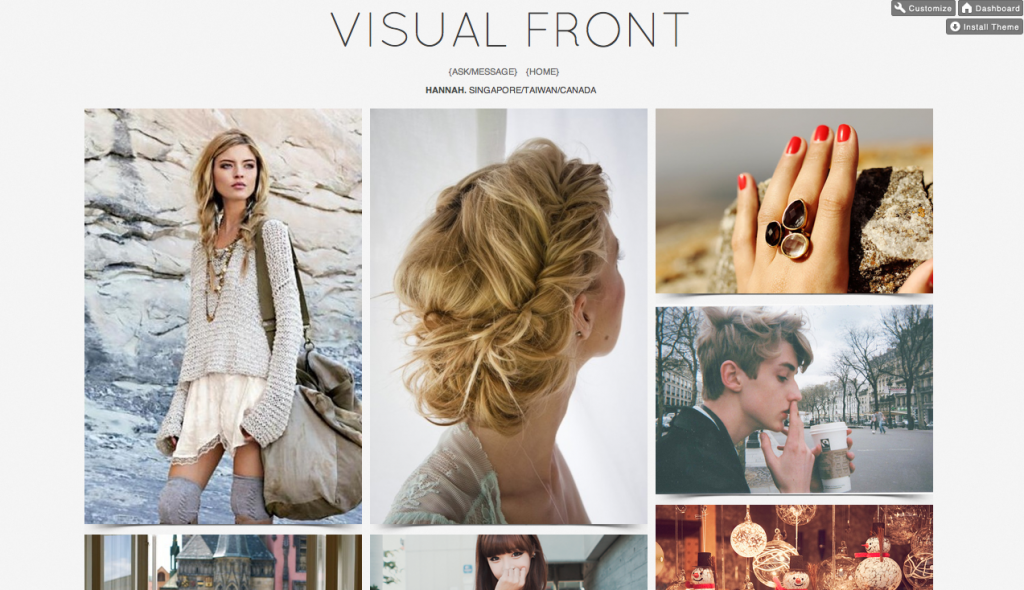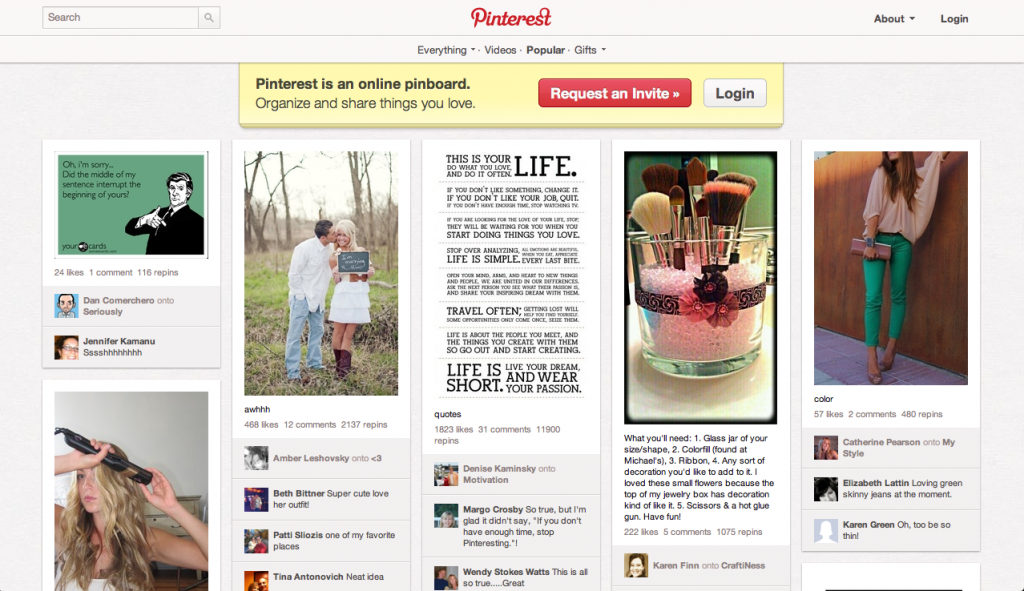Many firms use social media platforms to connect with consumers, and with help of such tactics, it seems like the comeback era is finally making its way to the cosmetics industry.
When consumers find a product they love, they instinctively want to hold on to it. Not many people embrace change with open arms. We like familiarly, things that we know work. But obviously, that’s not how the world works all the time. Things change, things come and go. And when your favourite product, the one you’ve been so committed to, suddenly goes out of production – what do you do? Scream, shout and demand for it back!
Surprisingly enough, unlike stereotypical parents who will not put up with such a “fuss”, Bobbi Brown is doing the opposite and encouraging you to “scream, shout and demand” for your favourite products.
The company is launching a Facebook campaign that allows fans and users to lobby for the return of lip colours that are no longer in production. Fans are invited to vote for their favourite from the list of the 10 most frequently requested colours.
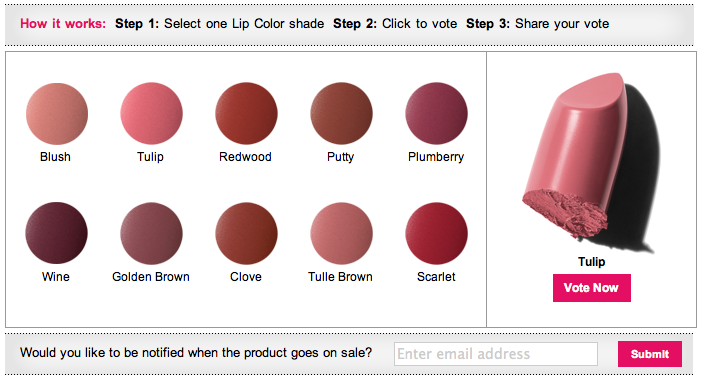
Voting closes at the end of February, at which point, the lip colours with the most support will become available for purchase – here’s the catch – exclusively on Facebook.
I’m aware of small businesses that conduct business on the Facebook platform, but never did I imagine that well-reknowned firms like Bobbi Brown would come up with such an initiative. So why use Facebook to sell an exclusive line?
According to digital analyst comScore, spending in the e-commerce industry rose by 14% in the past year, representing yet another consecutive year of growth. This presents a great opportunity for brands to offer a unique shopping experience to the consumer, as attitudes towards online shopping evolve. That is, to offer a three-dimensional shopping experience by integrating the two dimensions of Brick & Mortar, the “touch and feel”, with the “information and impulse” of the online experience.
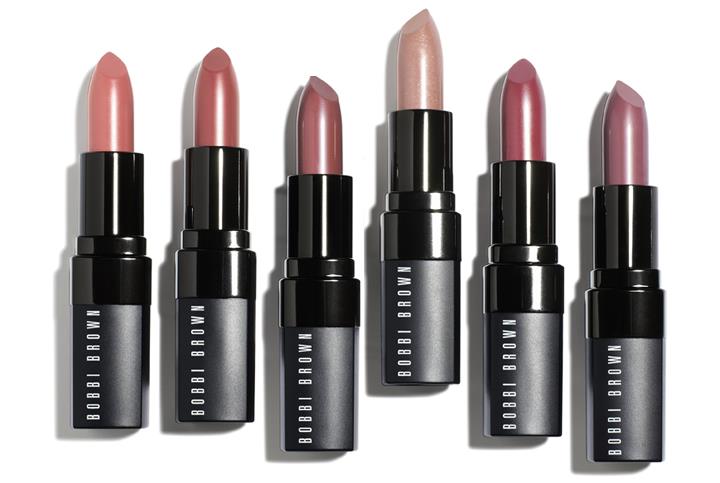
Bobbi Brown already has an e-commerce platform on their site, but using Facebook puts an interesting twist to it. It allows a closer and more interactive relationship with consumers, an opportunity to appeal and connect with consumers at a more personal level. Bobbi Brown’s revival of discontinued cosmetics is a perfect example of the creation of a three-dimensional shopping experience. These products have been “touched and felt” before, and now with the online campaign, is working towards building “impulse” through purchase anticipation over time.
What a way to reward its brand loyalists and actively showcase the fact that Bobbi Brown is indeed hearing what its fans are saying! If you’re still wondering how the Internet is changing the dynamics of the 4Ps – here you have it. The pull factor is becoming stronger in product choice (unlike traditional days where it was all about firms pushing out particular products). Promotion is multi-dimensional – a great majority of it comes from consumer generated content. The place you sell your product is ever-changing with instant “globalization”.
All in all, a really neat campaign that aptly shows how a company can embrace social media in ways to engage consumers and build a brand.
(Sources: 1)
(Images: Bobbi Brown Cosmetics)


